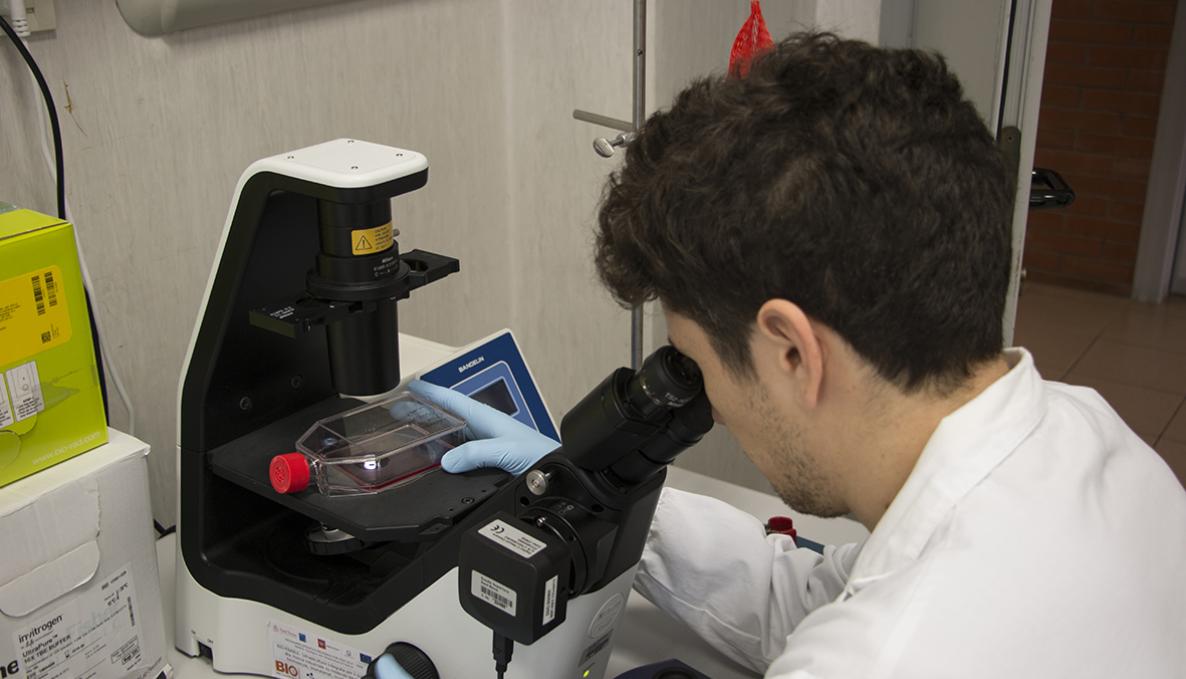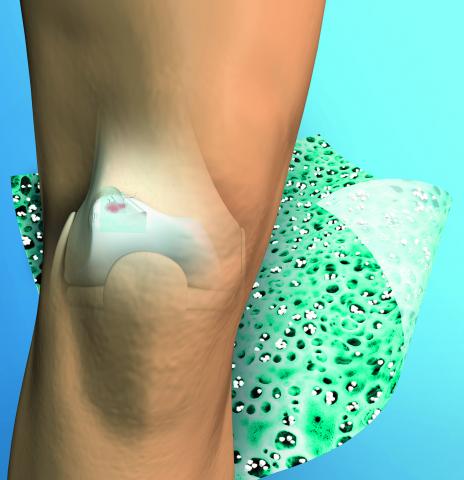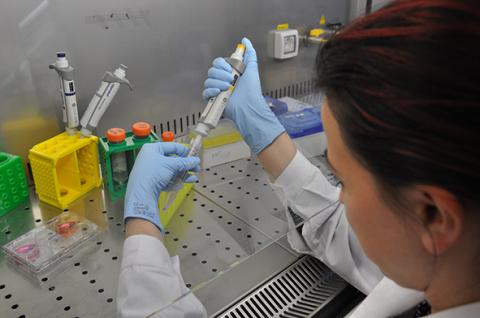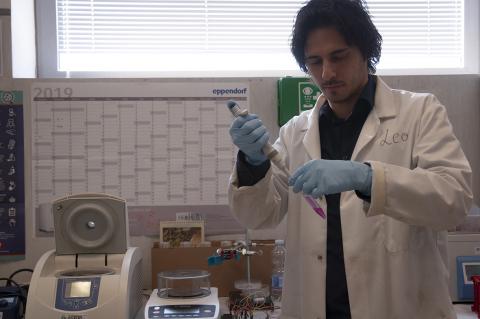NEW FRONTIERS IN REGENERATIVE MEDICINE: NOVEL “ULTRA-THIN PATCHES” TO INDUCE CARTILAGE, BONE AND MUSCLE TISSUES REGENERATION

“Ultra-thin patches” are defined as new engineered microdevices that provide regenerative therapeutics into the human body. A novel nanofilm type based on a blend of poly(ethylene glycol)-block-poly(ε-caprolactone) methyl ether (PEG-b-PCL) and poly(l-lactic acid), doped with zinc oxide nanoparticles (ZnO NPs) is proposed in the paper authored by researchers from Sant’Anna School (Biorobotics Institute), Scuola Normale Superiore, University of Genova (Department of Physics) and the Royal College of Surgeons - Ireland. This study published in the journal ACS Applied Materials & Interfaces highlights the combined strategy for tissue regeneration and the treatment of joint diseases.
Microsurgery procedures are used to deliver biomaterials and develop minimally invasive therapeutics in skeletal muscle, bone, and cartilage tissues. This novel nanofilm provides long-term (90 days) adhesion to the target biological tissues and offers wider applications at low risk of complications. As a biocompatible and biodegradable nanofilm, the “patch” can produce tissue regeneration for the damaged site and provide functional restoration.
“This nanofilm has the ability to induce cell proliferation and differentiation maximizing new cartilage and muscle tissue formation – said project manager Lorenzo Vannozzi, as the first author of the paper - In developing highly functional bioactive agents locally, cells are tailored to enhance remodelling rates.”
The paper is supported by the EU-funded H2020 ADMAIORA research project under the coordination of the Sant’Anna School Biorobotics Institute. “These advanced, smart, therapeutic and three-dimensional printed scaffold systems show a more effective cell differentiation ability especially for articular cartilage regeneration.” said Professor Leonardo Ricotti, as the ADMAIORA project coordinator.
Click here to view the “Novel ultra-thin films based on a blend of PEG-b-PCL and PLLA and doped with ZnO nanoparticles” abstract - Authors: Lorenzo Vannozzi, Pedro José Gouveia, Pasqualantonio Pingue, Claudio Canale, Leonardo Ricotti.






